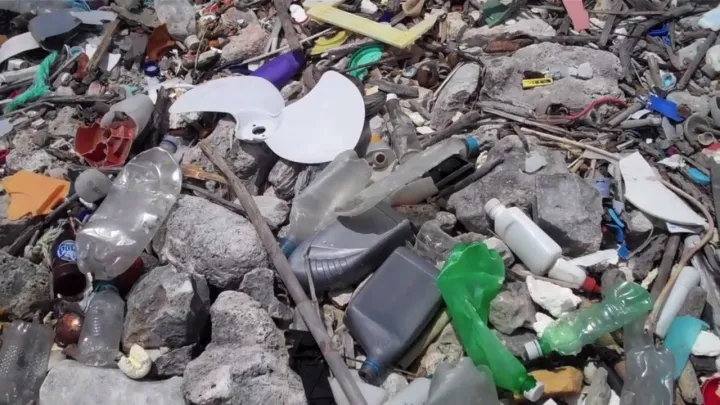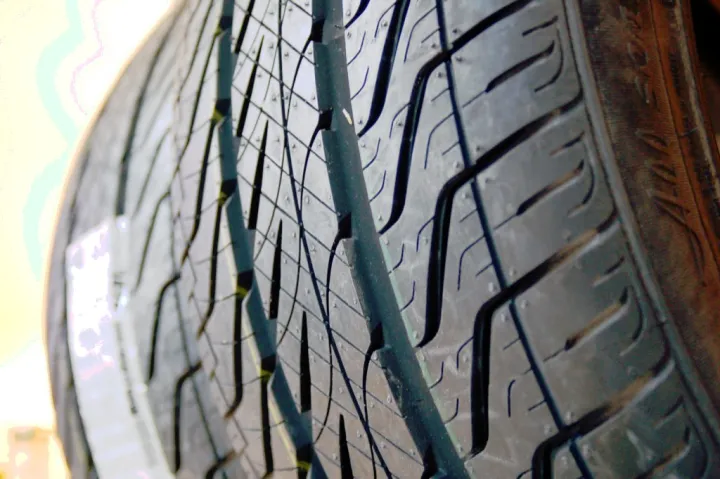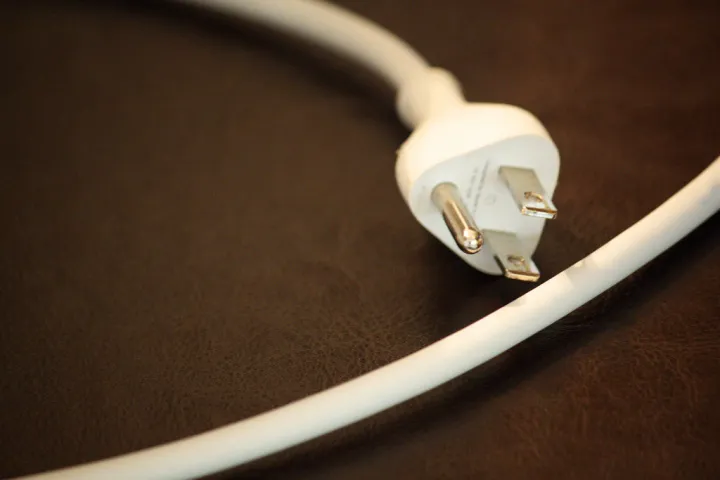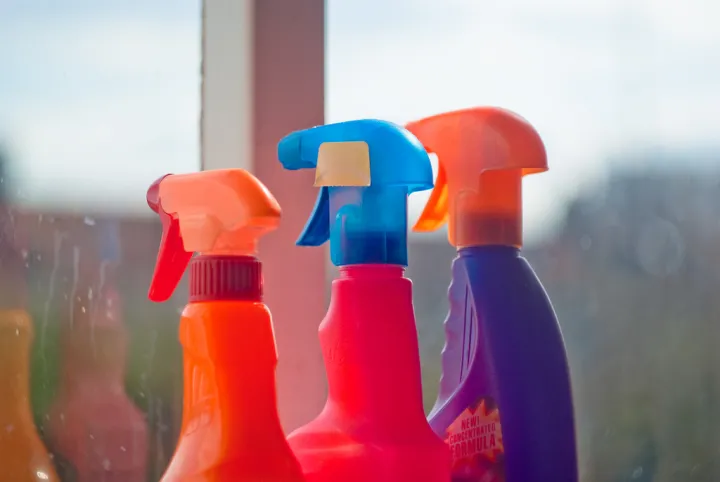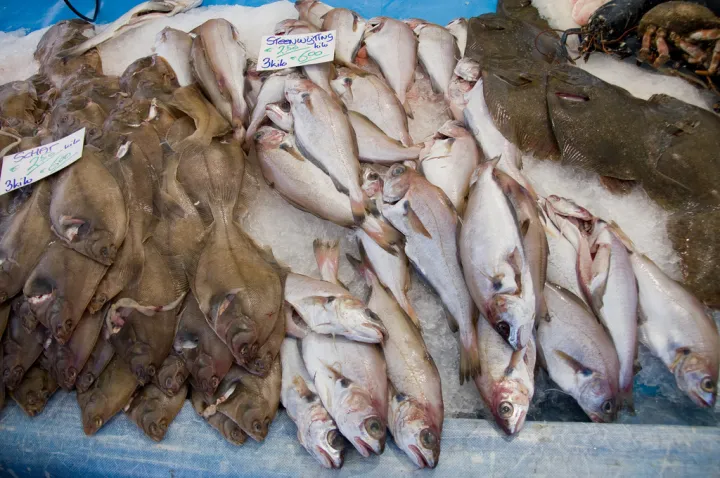Article
5 Simple Things You Can Do for the Ocean
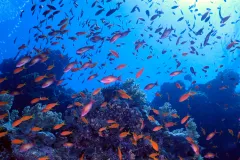
More than ever, the fate of the ocean is in our hands. To be good stewards and leave a thriving ocean for future generations, we need to make changes big and small wherever we are. To make a positive difference, here are five simple things you can do in 10 minutes or less to help protect the ocean—wherever you are.
1. Bring Your Own
The trash we "throw away" doesn't disappear. Plastic bags, disposable food containers, snack wrappers, and other loose garbage can be washed into local waterways and eventually end up in the ocean where it poses a major hazard for marine life. Seabirds, turtles, seals, and other animals can mistake floating plastic for food or become tangled in it and die. So ditch the disposable lifestyle, and make a point to bring your own reusable shopping bags, beverage cups, and food containers. Learn more about marine debris in the Ocean Conservancy’s report Trash Travels.
2. Check the Pressure
Hitting the road? Grab a simple tire gauge and make sure your tires are properly inflated. You can trim your carbon footprint, reduce wear and tear on your vehicle, and save yourself some cash at the same time. In fact, the U.S. Department of Energy estimates that under-inflated tires waste about 1.2 billion gallons of gas per year in the U.S. Cutting back on fossil fuel consumption can help curb the effects of climate change and ocean acidification, which are altering ocean chemistry and disrupting marine wildlife on a global scale.
3. Flip the Switch
Many household electronics, such as video game consoles, stereos, computers, and kitchen appliances, continue drawing power after they are switched off. The U.S. Department of Energy estimates that this “phantom” energy use accounts for 75% of the power consumed by electronics in the average home. Eliminate this extra energy use by unplugging your gadgets or using a power strip to safely and quickly cut power to electronics that are not in use.
4. Clean Up Your Act
Even if you don't live near the coast, water—and anything else—that goes down your drain can eventually end up in the ocean. You can help keep the ocean and other waterways healthy by picking your cleaning products carefully. Many household chores can be done with simple, non-toxic ingredients like vinegar, baking soda, or lemon juice. Visit Consumer Reports' Greener Choices page for suggestions or the U.S. Environmental Protection Agency’s Safer Product Labeling Program to learn about store-bought products with fewer side effects.
5. Be a Picky Eater
When it comes to many of our once-favorite seafoods, there aren't always plenty more fish in the sea. In fact, some studies estimate that up to 90 percent of large predatory fish (those that eat other animals—and usually end up on our dinner plates) have disappeared since humans began heavy fishing. You can help turn the tide by demanding sustainable seafood at the supermarket and in your favorite restaurants. Always know what to order by downloading a sustainable seafood guide from Monterey Bay Aquarium.


